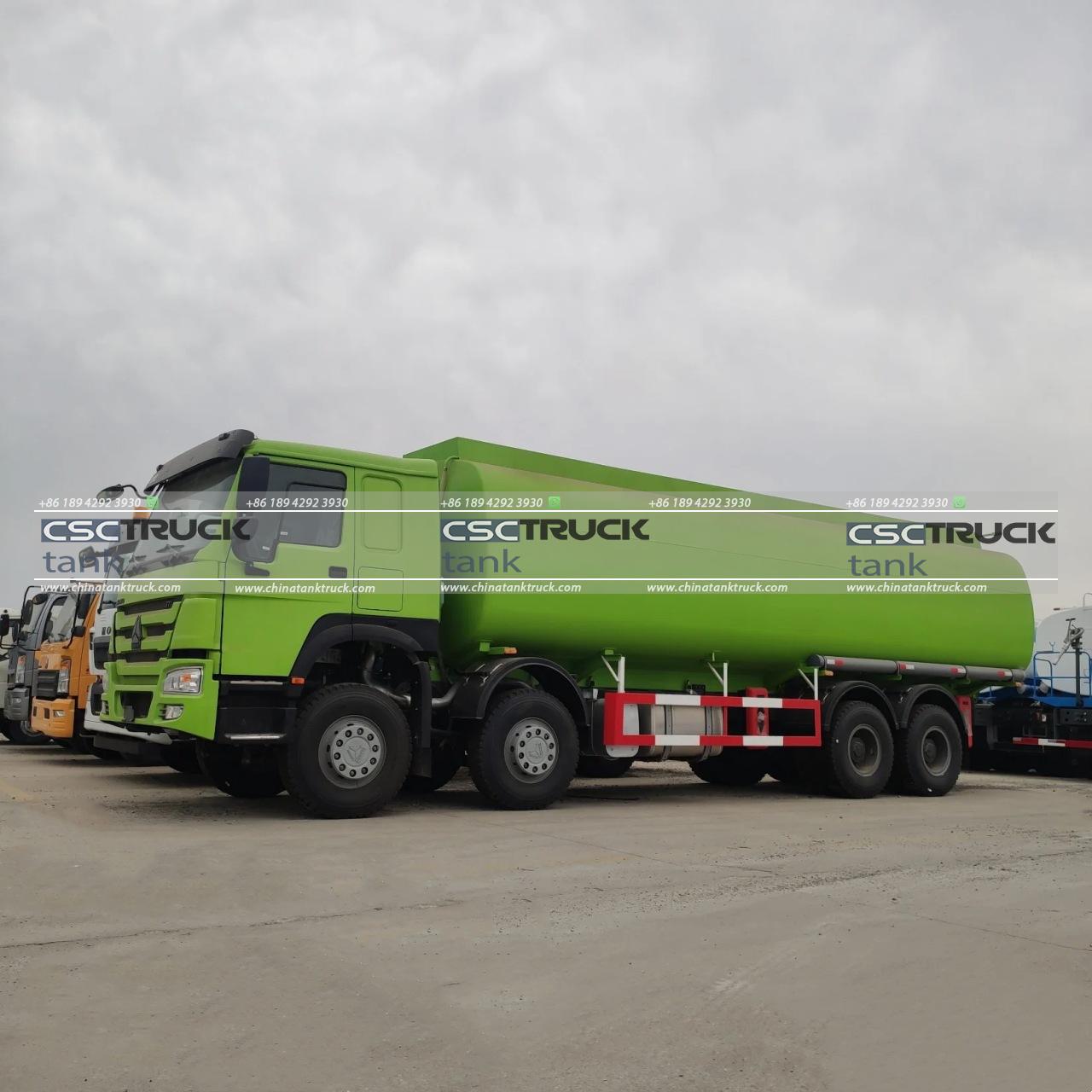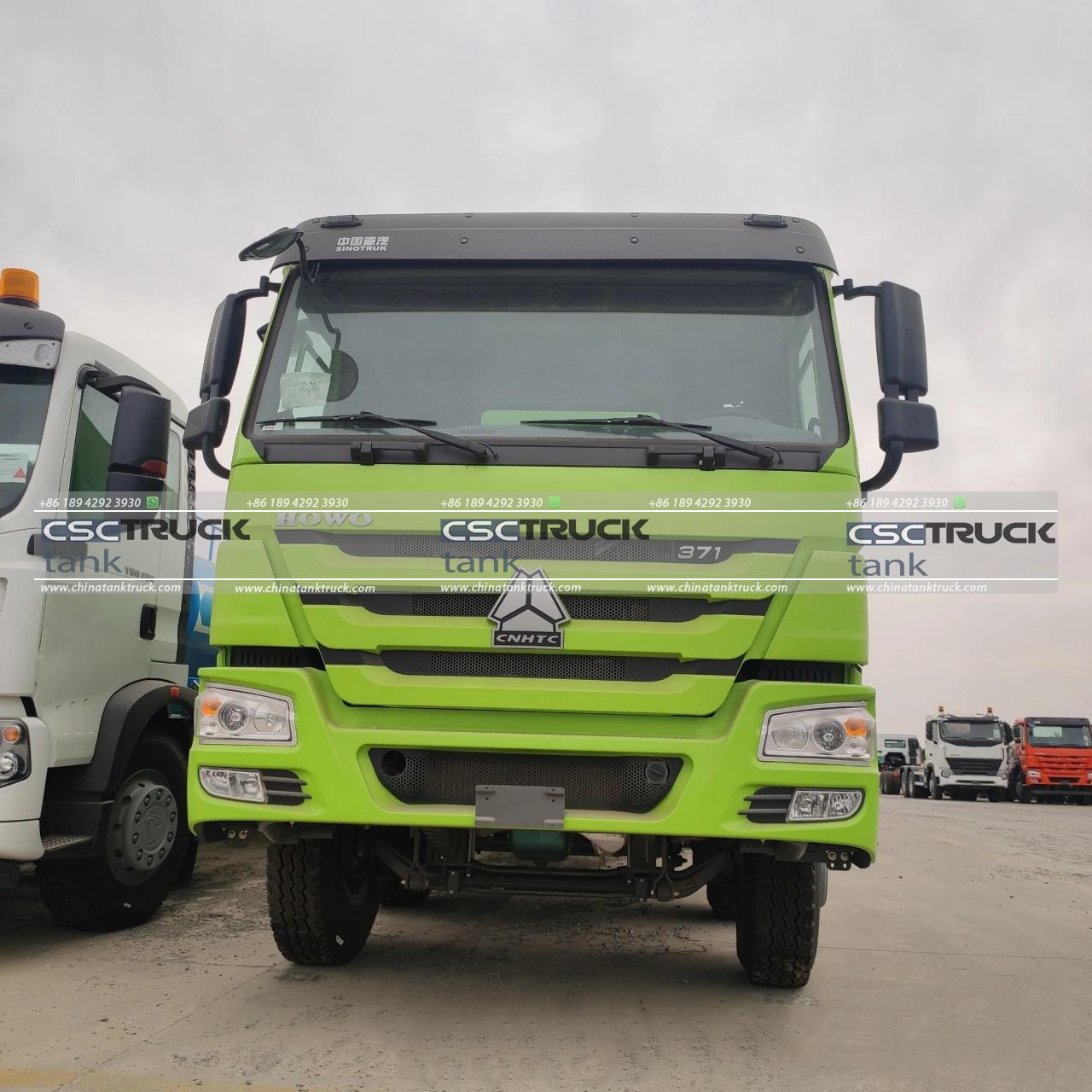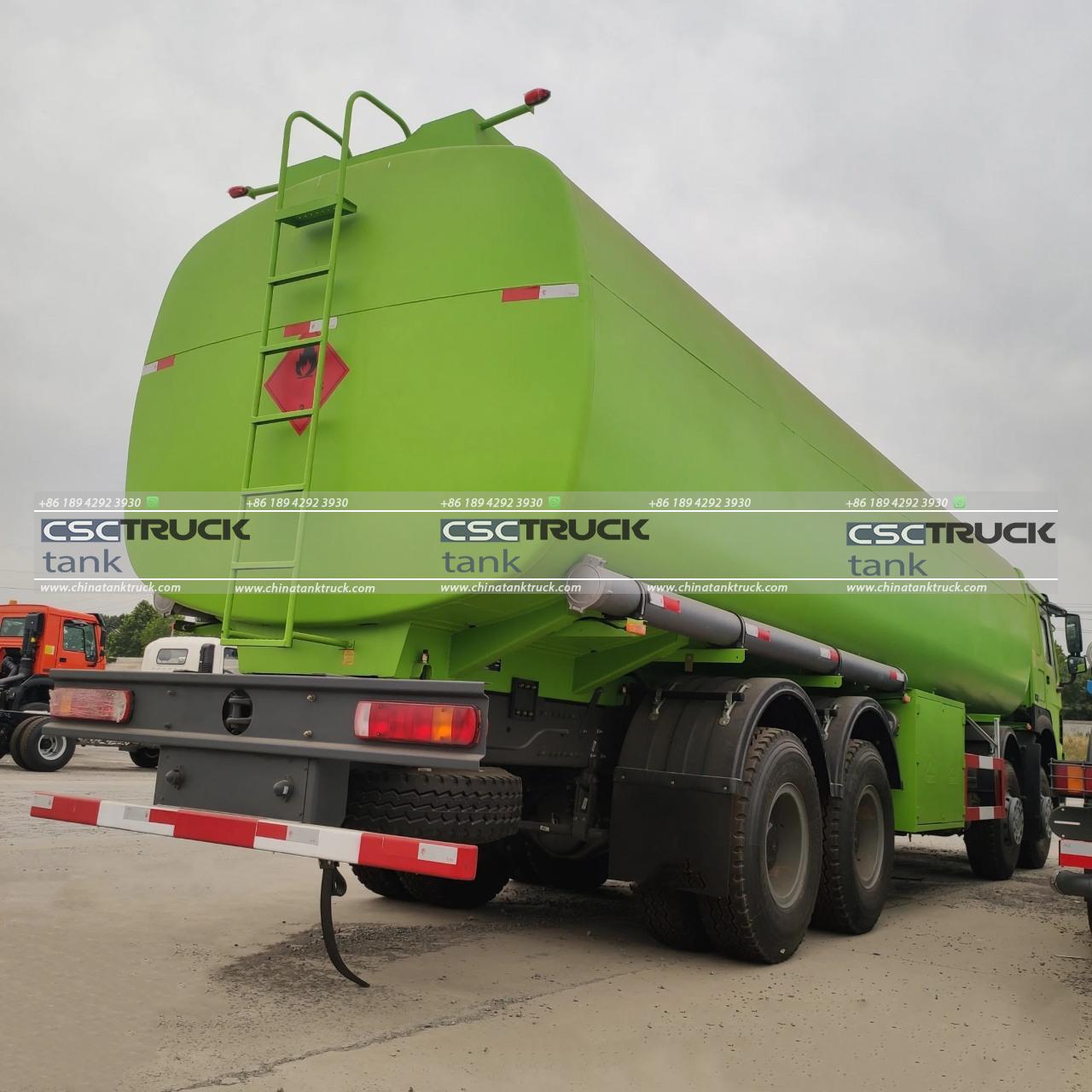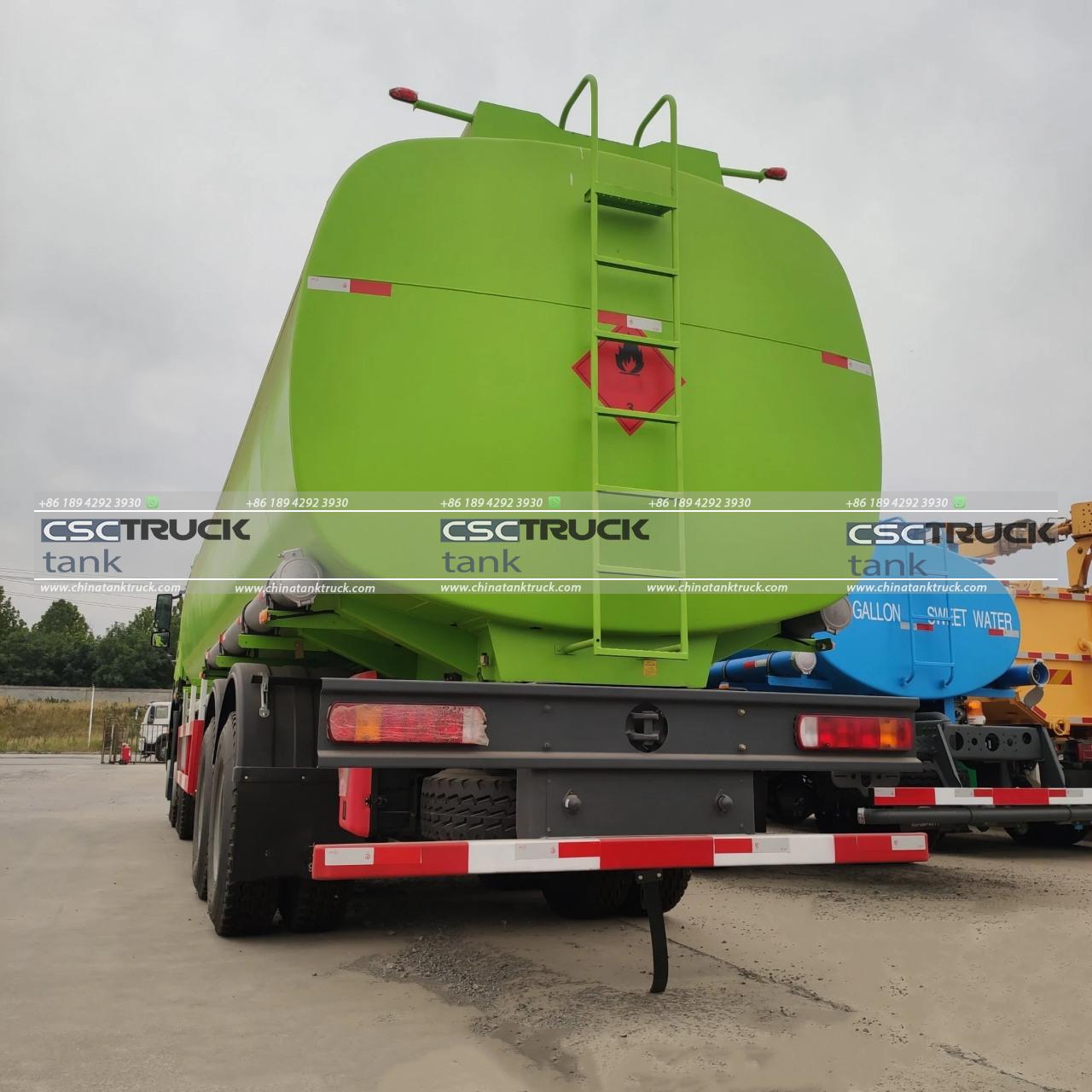Fuel Tank Trucks: High-Performance Solutions for Safe Fuel Transportation
Fuel tank trucks are essential to the global energy infrastructure, playing a crucial role in transporting large volumes of fuel to service stations, airports, industrial sites, and remote locations. The safe and efficient transportation of fuel requires highly specialized trucks designed to meet stringent safety, performance, and environmental standards. This article explores the design, safety features, and high-performance solutions that enable fuel tank trucks to transport fuel reliably and safely across vast distances.
1. Understanding Fuel Tank Trucks and Their Role
Fuel tank trucks are heavy-duty vehicles specifically engineered to transport gasoline, diesel, and other fuels. They are classified based on the type of fuel they carry, such as petroleum, ethanol, or other liquid hydrocarbons, each requiring specific materials and safety protocols. With the world’s reliance on liquid fuel, these trucks are pivotal in ensuring fuel availability across diverse geographies and settings.
Fuel tank trucks are engineered with unique tank designs, reinforced chassis, and safety mechanisms to handle the risks associated with transporting flammable liquids. By maintaining high performance on highways and managing safety risks associated with fuel, they represent one of the most advanced forms of commercial transportation technology.

2. High-Performance Design of Fuel Tank Trucks
High performance in fuel tank trucks refers to their ability to maximize payload, minimize fuel consumption, and ensure operational efficiency. To meet these demands, modern fuel tank trucks are designed with lightweight materials, aerodynamic shapes, and efficient powertrains. Some of the major design elements include:
– Tank Structure and Materials: The tank is the heart of any fuel truck and is generally made from materials that are lightweight yet durable, such as aluminum or stainless steel. Aluminum tanks reduce the overall vehicle weight, allowing more fuel to be carried while staying within legal weight limits. Tanks are often cylindrical and divided into compartments, which helps balance the load and reduce sloshing, which could lead to instability during transport.
– Compartments: The tank is divided into multiple compartments to enable the transportation of different types of fuel or grades within the same vehicle. This design minimizes load movement, stabilizes the truck, and reduces the risk of spills.
– Chassis Reinforcement: Given the weight of a full load of fuel, fuel tank trucks use a reinforced chassis. This feature enhances stability, strength, and resilience, reducing wear and tear over long hauls.
– Aerodynamic Design: Tankers are designed with smooth contours to reduce wind resistance, thereby improving fuel efficiency. The aerodynamic design helps minimize drag, which is especially important for long-distance journeys, ensuring fuel tank trucks consume less fuel while delivering their loads.
3. Safety Solutions in Fuel Tank Truck Design
The transportation of fuel poses inherent safety risks, including potential fire hazards, spillage, and explosion risks. To address these, fuel tank trucks are equipped with multiple safety features that enhance driver safety, minimize environmental impact, and meet regulatory standards. Key safety solutions include:
– Pressure and Vapor Recovery Systems: To prevent explosions, tanks are designed to maintain a safe pressure. Vapor recovery systems are also employed to capture and contain fuel vapors, which helps to mitigate environmental pollution and enhances the safety of fuel transfer operations.
– Emergency Shut-Off Valves: In the event of an accident, emergency shut-off valves are activated to halt the flow of fuel and contain potential spills. These valves are placed at strategic locations along the fuel lines, providing a quick and efficient method to prevent leakage.
– Anti-Rollover and Anti-Lock Braking Systems: Fuel tank trucks are prone to rollovers due to their high center of gravity and the heavy load of fuel they carry. Anti-rollover and anti-lock braking systems (ABS) are implemented to stabilize the vehicle during abrupt turns or sudden stops, ensuring that the truck maintains a balanced and safe trajectory.
– Fire Suppression Systems: Some advanced fuel tank trucks are equipped with fire suppression systems that activate in the event of a fire. These systems release non-flammable gas to extinguish flames, providing a critical line of defense in emergencies.
– Electronic Stability Control (ESC): ESC technology uses sensors to detect when the truck is losing control and automatically applies individual brakes to correct the vehicle’s path. This feature is essential for preventing skids and rollovers on wet or uneven surfaces.

4. Technological Advancements Enhancing Performance and Safety
The fuel transportation industry has embraced new technologies to enhance the safety, efficiency, and reliability of fuel tank trucks. These advancements include:
– Telematics and GPS Tracking: With real-time tracking, logistics companies can monitor the fuel truck’s location, speed, and driving behavior. Telematics systems provide insights into vehicle performance, driver habits, and maintenance needs, helping companies optimize routing and improve fuel efficiency.
– Fuel Monitoring Systems: Some tankers are now equipped with advanced sensors that provide real-time data on fuel levels, temperature, and pressure. These systems alert operators to any irregularities, ensuring early intervention in case of leaks or pressure issues.
– Driver Assistance Systems: Driver assistance features, such as lane departure warnings and adaptive cruise control, are being integrated into fuel tank trucks to reduce driver fatigue and enhance safety on long trips. These systems provide visual and audio alerts to prevent accidents.
– Autonomous and Semi-Autonomous Fuel Trucks: Though still in experimental stages, autonomous technologies are being explored for fuel transportation. Autonomous trucks are equipped with cameras, radar, and LIDAR technology to navigate safely without driver intervention. By minimizing human error, these trucks could further enhance safety, especially on repetitive long-haul routes.
5. Regulatory Standards and Compliance
Fuel tank trucks operate under strict regulatory oversight to ensure safety and environmental compliance. In many regions, including the U.S. and Europe, regulations mandate specific construction standards, maintenance routines, and training for drivers.
– Construction and Material Standards: Tanks must comply with national and international standards that dictate the types of materials used, structural integrity, and pressure tolerance. For instance, regulations may specify the use of double-walled tanks or special coatings that prevent corrosion.
– Driver Training and Certification: Drivers operating fuel tank trucks must complete specialized training to understand the handling, safety, and regulatory requirements associated with fuel transportation. Training includes hazardous material handling, emergency response, and fuel transfer procedures.
– Regular Inspections: Periodic inspections are mandatory to check for wear and tear, structural integrity, and the proper functioning of safety systems. Regular inspections minimize risks of leaks, equipment failure, and road incidents.

6. Future Innovations in Fuel Tank Truck Technology
As environmental standards evolve and technology advances, the fuel tank truck industry is exploring sustainable alternatives. Some of these innovations include:
– Electric and Hybrid Fuel Trucks: As part of the shift toward green energy, companies are investing in hybrid or fully electric fuel trucks. Although limited in capacity for now, these trucks are expected to reduce emissions, especially in urban environments where fuel demand remains high.
– Alternative Fuel Options: Fuel tank trucks may themselves transition to operating on biofuels or hydrogen in the future, allowing the entire fuel supply chain to lower its carbon footprint.
– Smart Predictive Maintenance: Predictive maintenance technology leverages AI and machine learning to detect early signs of wear, suggesting preemptive maintenance actions that reduce downtime and repair costs.
Conclusion
Fuel tank trucks are indispensable to the fuel supply chain, facilitating the reliable and safe distribution of fuel across regions. Through robust engineering, advanced safety features, and technological innovations, fuel tank trucks are continuously improving to meet the demands of a rapidly changing world. Looking forward, the integration of sustainable and autonomous technologies promises to enhance their performance, safety, and environmental impact even further. These advancements ensure that fuel tank trucks remain a high-performance solution for safe and efficient fuel transportation well into the future.


